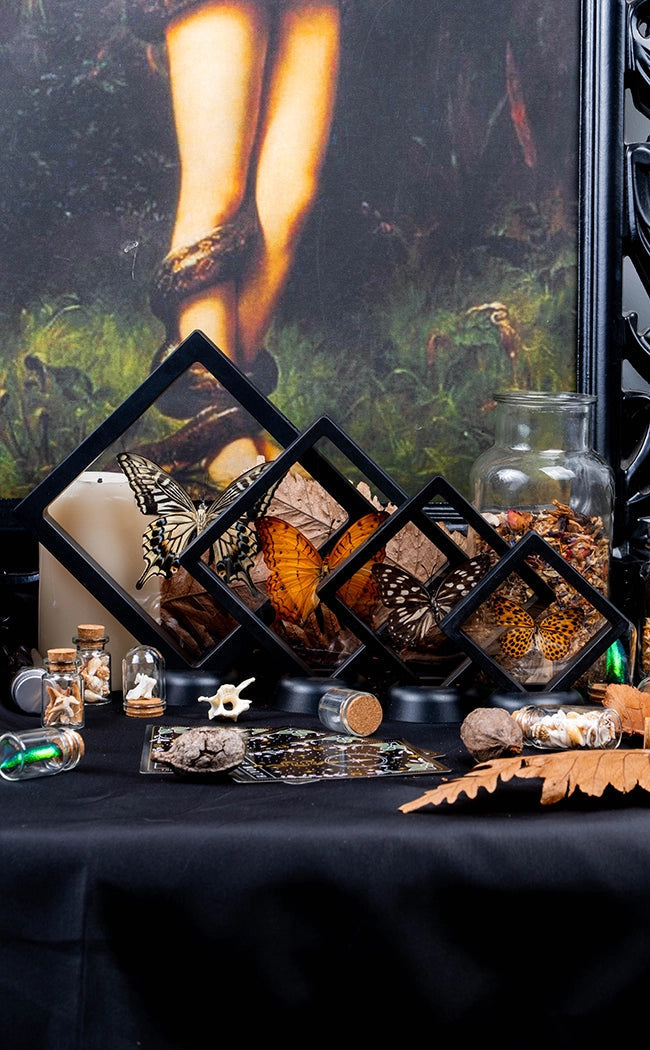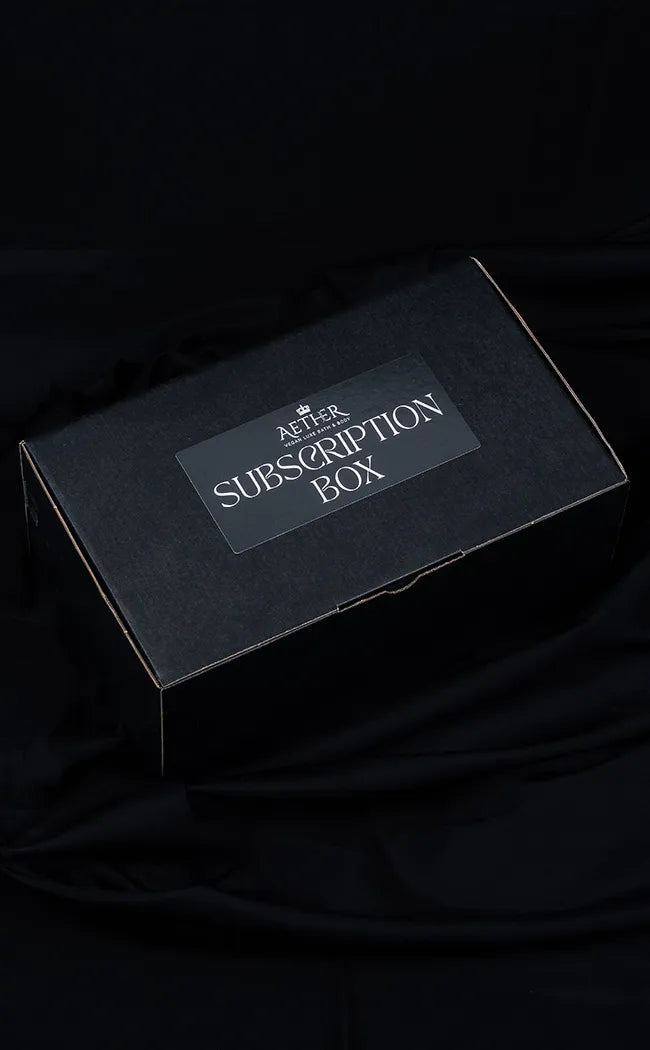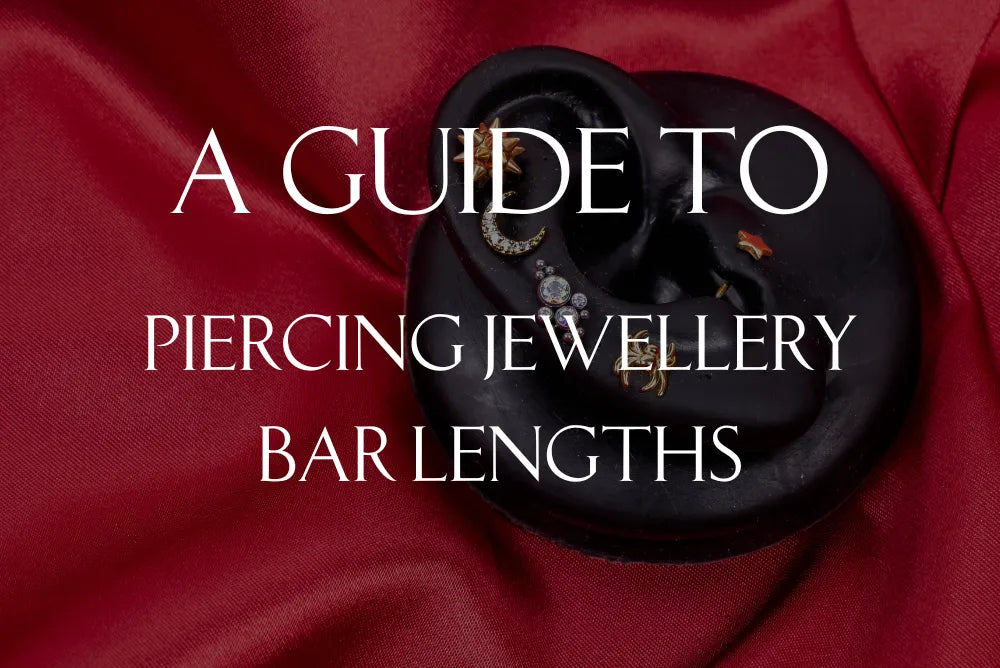Summer's incoming and there's not better weather to show off that sparkling belly bling then when the sun is out! Whether you've recently had your navel pierced, thinking about getting it done or have had yours pierced since Metro Station was in the Top 10 - some questions are most likely going to arise along your piercing journey. Well, we're here to answer the most commonly asked questions we get!
How Long Does a Belly Piercing Take to Heal?
It's hard not to want to head straight to the beach to show off your new belly piercing as soon as it's done, however a navel piercing does require time to fully heal. While it may seem healed after just a few weeks, the internal healing process can take anywhere from 3 to 6 months. During this period, it's important to maintain a proper aftercare routine, such as avoiding swimming, and cleaning daily with an aftercare solution.
In some cases, it may take up to a year for complete healing, so it's best to consult with your piercer before discontinuing aftercare routines.
Do Belly Button Piercings Hurt?
Due to the soft nature of the skin around the belly button, navel piercings tend to be less painful than other types, such as those in cartilage. That said, since it involves puncturing the skin, some level of pain is still expected.
Many people compare the sensation of getting a belly button piercing to the feeling of getting immunised. If you handle vaccinations well, the piercing should be manageable. The upside is that the procedure is quick, and any initial discomfort will be short-lived. Having said that - all pain is subjective! Be sure to have eaten and had plenty of water to drink prior to getting pierced - if you're someone who is prone to fainting - make sure to bring along a can of soft drink or some lollies to help keep those sugars up!
In the days following the piercing, it's common to experience mild discomfort, including swelling, throbbing, and some soreness. These symptoms are normal. However, if the pain becomes too intense, it's important to seek advice from a healthcare professional.
How to Care for an Infected Belly Piercing?
Uh oh, your new belly button piercing is looking and feeling a little on the yucky side. Here's a few steps on how to treat an initial belly piercing infection!
1) Start by washing your hands thoroughly. Cleaning a wound with unwashed hands can introduce more bacteria, so make sure your hands are clean.
2) Use a saltwater solution on the piercing. Saltwater is a natural antiseptic that helps fight infection. Apply the solution with a fresh cotton ball or a clean pad.
3) Don’t forget the jewellery. Gently rotate it while cleaning to make sure any bacteria on the jewellery itself is also removed.
4) Dry the area using a paper towel. Unlike regular towels, which can harbour bacteria, a clean paper towel reduces the risk of introducing more germs.
5) You can also apply an over-the-counter antibacterial ointment, which can help treat the infection and promote healing.
Avoid removing the jewellery unless advised by a doctor, also, a warm compress on the infected area may also help reduce swelling.
Consult a healthcare professional if you start feeling unwell, or if the swelling and redness persist or worsen, even after trying home remedies.
How to Put in or Remove a Belly Piercing
Once you've either had an initial jewellery change OR consulted with your local piercing professional on whether or not your navel piercing has healed, and there's no sign of infection or discomfort, you can swap out your belly button ring as often as you like, matching it with different outfits or moods.
If you're wearing a ball closure ring or barbell, make sure your hands have been cleaned with antibacterial soap, and gently unscrew the ball or remove the ends of the barbell. Be patient and handle the jewellery with care to prevent discomfort or irritation at the piercing site.
For jewellery with a hook closure, like a captive bead ring, unhook it carefully, applying minimal pressure to the piercing.
If you experience any difficulty while removing or unhooking the jewellery, stop and consult a professional piercer to avoid damaging the piercing or the surrounding skin.
What Jewellery can I wear in my Belly Button Piercing?
Once you've been pierced initially with the jewellery recommended by your piercer and you're all healed up and ready to change that jewellery - you have a few options to choose from! There's your classic 'belly ring' these are the piercings you think of when you think of a pierced belly button, they've got either a gem or design on either end and have a curve in them!
You can also put in segment rings or captive ball rings (BCR's) for that 90's grunge look.
Outside of the traditional piercing styles you can also get what's called a floating navel ring or a twister spiral ring!
If you're wanting something simple or discreet, you can also wear a plain curved barbell in your navel piercing.
Check out our range of maximalist Impaler Belly Button Piercing Jewellery here!
So, are we feeling excited about our belly button piercing journey? Fantastic! If you have any further questions or are unsure if you have the right anatomy for a navel piercing - we recommend consulting with your local piercing expert to find out more!





























































































































































































